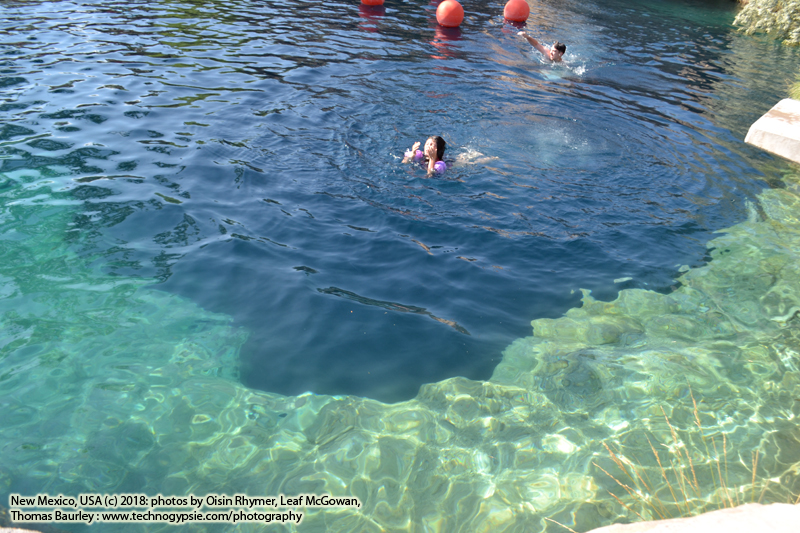
Blue Hole
~ Santa Rosa, New Mexico
~ http://santarosabluehole.com/ ~
In the middle of the New Mexican northeastern desert is an aqua dark blue oasis called the “Blue Hole”. It was also once called “Blue Lake” or “Aqua Negra Chiquita” as one of the seven sister lakes connected underground by a vast network of water sources that gives Santa Rosa its reputation of being a city of natural lakes. These are all part of the Santa Rosa sink – a popular watering hole, recreation spot, and tourism along historic Route 66 and old settlement days. The Sink became a National fish hatchery in 1932 and, by the 1970s, became a Recreation Area and morphed into the Blue Hole Dive and Conference Center. It is a source of clear pure water that is a treasured natural resource – with 100′ visibility as the water continually renews itself every six hours with a constant 62 degrees Fahrenheit and a constant inflow of over 3,000 gallons per minute. The surface is 80′ wide and expands to 130 feet in diameter at the bottom. A circular bell-shaped pool that is a spring and a sinkhole in one. As Santa Rosa is at an elevation of 4,616 feet above sea level, divers training in the Blue Hole have to use high-altitude dive tables to computer their profile and decompression stops while diving. Swimmers, cliff jumpers, and bathers enter above for free, with sometimes no lifeguards present.
The Blue Hole has claimed many lives, which has forced the City to place a grate over the cave entrance at the bottom for safety. Even when they opened the grate for expert divers to go in and map the caves, death was often the end result. March 26, 2016 – 43-year-old expert California cave diver Shane Thompson became trapped and drowned while exploring the passageways. According to the Albuquerque Journal, in March 1976, two divers within a group of 10 university students were diving together, and 21-year-old David Gregg and 22-year-old Mike Godard didn’t resurface and lost their lives in the caves. After multiple rescue dives, their bodies recovered. In 1979 it happened again, two other divers got lost and died in the caves, bodies recovered after multiple dives. This led to the closing of the entrance. There is the 1960s-1970s urban legend of another diver who got lost, and his body never recovered in the Blue Hole. Legend states his body was found naked and scraped up in Lake Michigan, and somehow, the Blue Hole and Lake Michigan were connected via underground caves and tunnels. However, since all the other bodies were quickly recovered and scientists state it’s impossible for the tunnels to connect to the Great Lakes not only because of geology but a need for a continuous rock stratum to support such caves. There is also the impassible hydrological barrier of the Mississippi River that acts as a giant collection system, moving not only surface water to the ocean but subsurface water too. The body would have to swim upstream to get to the Great Lakes.
Map of Blue Hole: http://santarosabluehole.com/map/santarosamap4000.pdf
Additional Reading:
- According to Leanne’s 2012, “Diver deaths spawn rumors of the underground waterway” website referenced 7/11/18 at https://accordingtoleanne.com/2012/12/06/diver-deaths-spawn-rumors-of-underground-waterway/.
- NY Daily News u.d. “Expert diver died after getting trapped overnight navigating the dangerous Blue Hole caverns in New Mexico: ‘Everything went terribly wrong’ website referenced on 7/11/18 at http://www.nydailynews.com/news/national/expert-diver-dies-blue-hole-caverns-new-mexico-article-1.2586285
Rated: 5 of 5 stars. ~ Review by Leaf McGowan/Thomas Baurley, Techno Tink Media, visited 6/26/2018. ~
If you would like to contact the author about this review, need a re-review, would like to advertise on this page, or have information to add, please contact us at technogypsie@gmail.com.
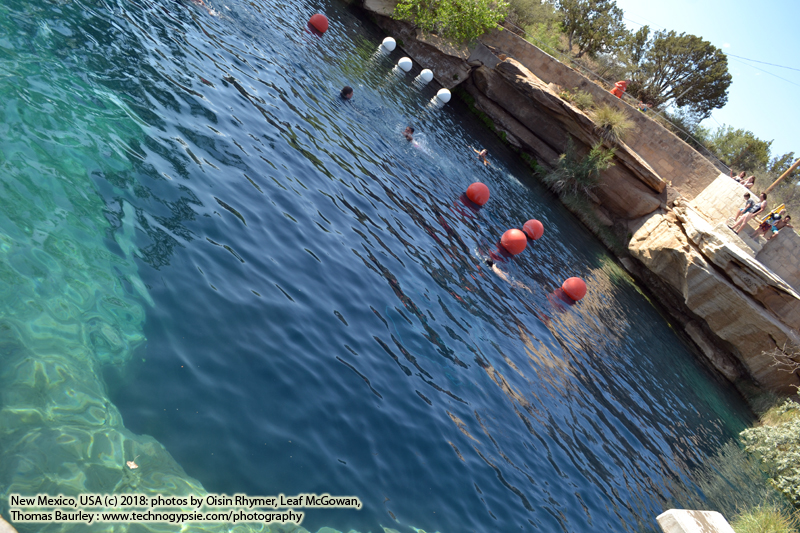

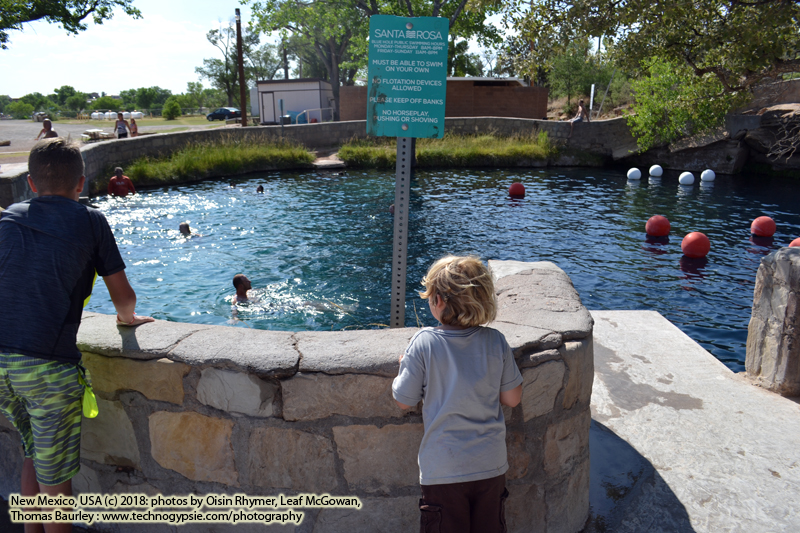



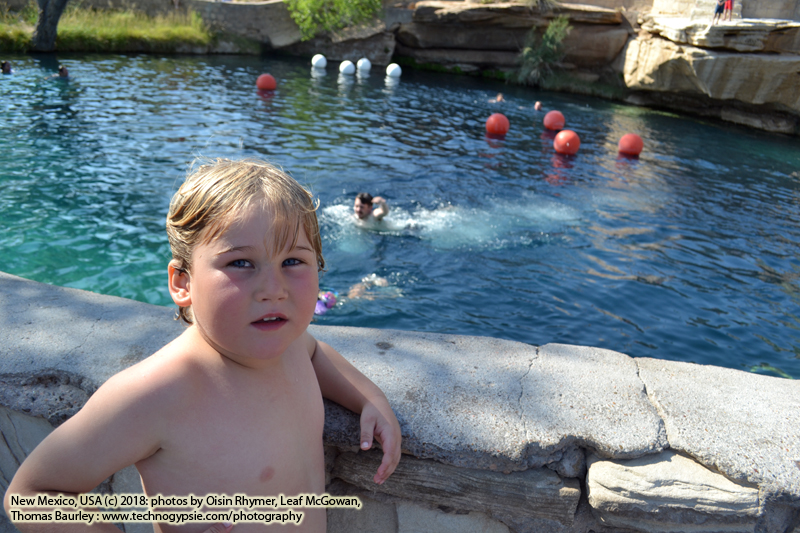
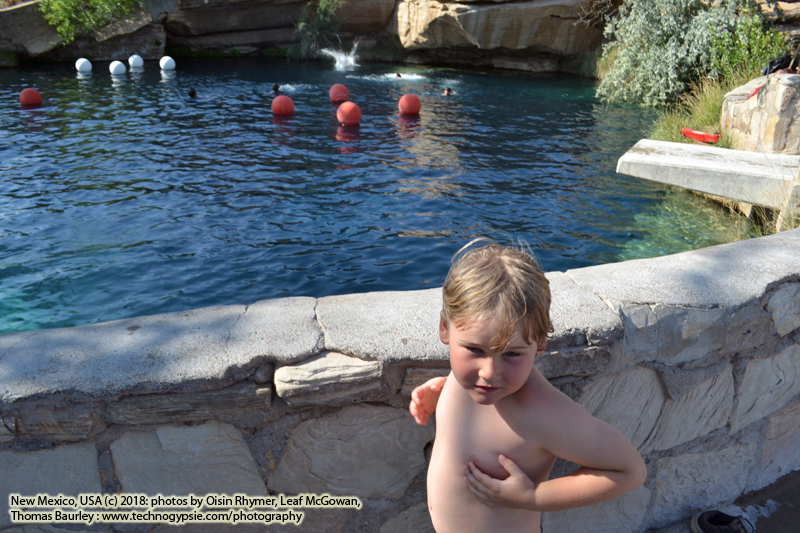
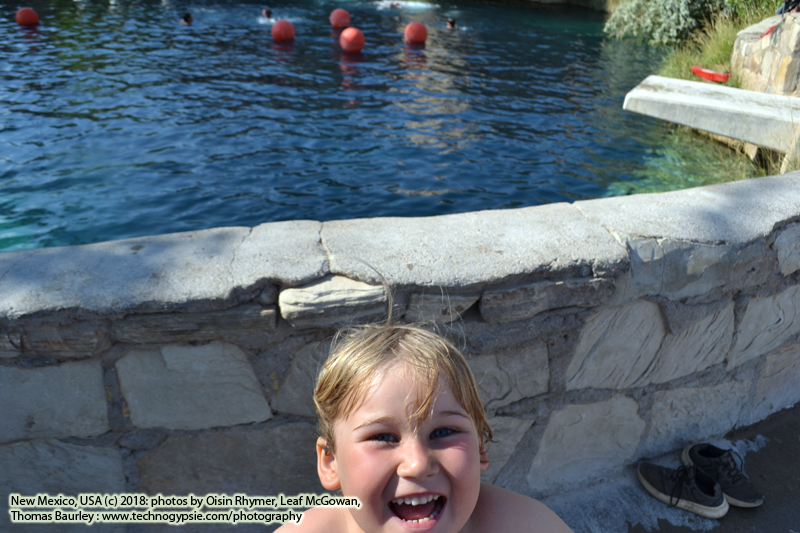

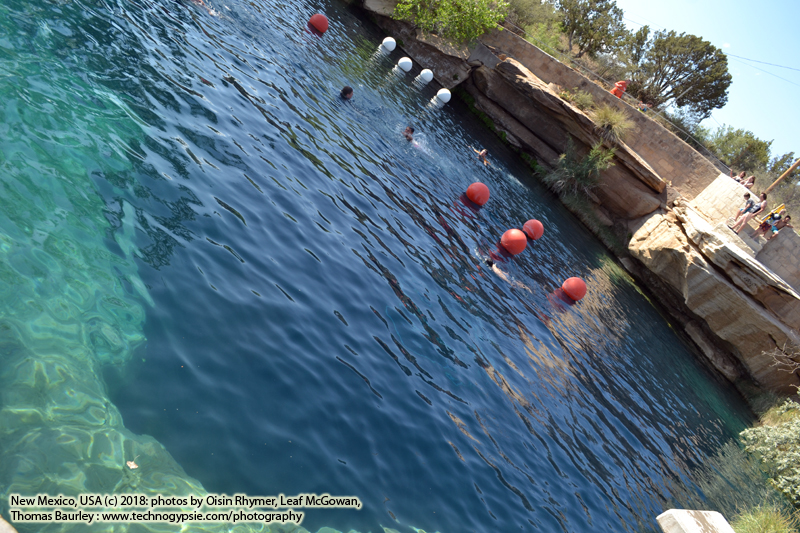




Discover more from The Naiads Well
Subscribe to get the latest posts sent to your email.
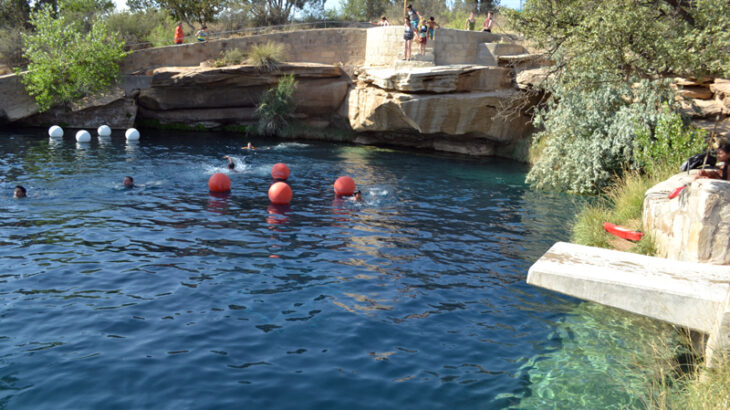
Very interesting information!Perfect just what I
was searching for!Raise blog range